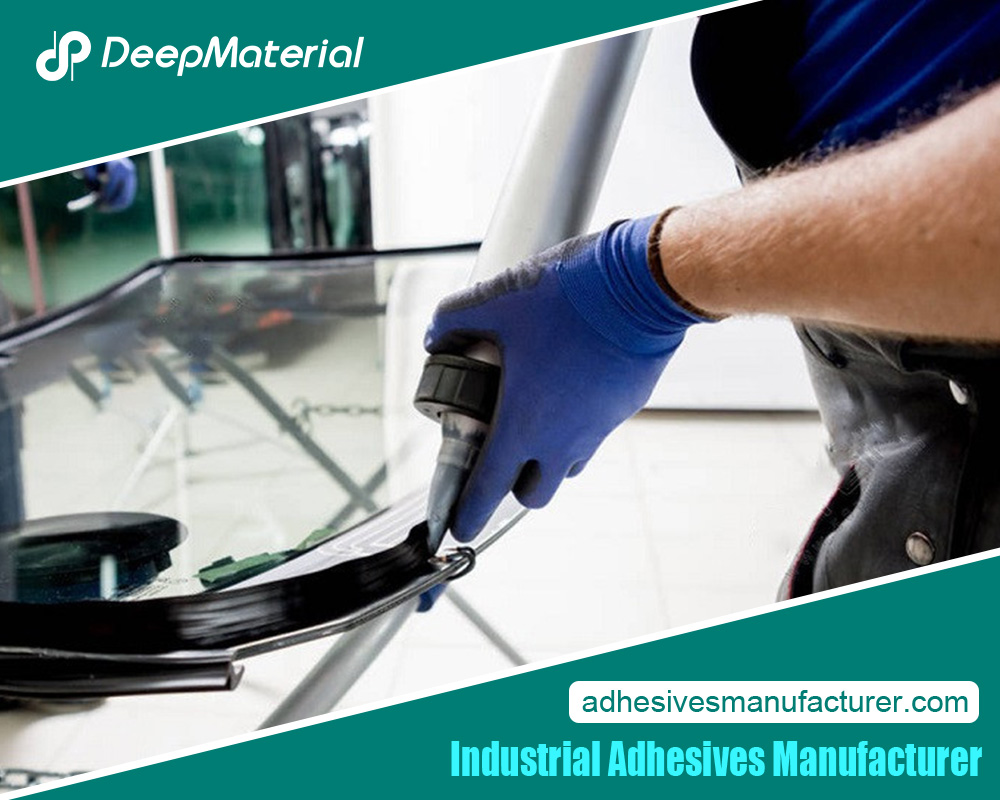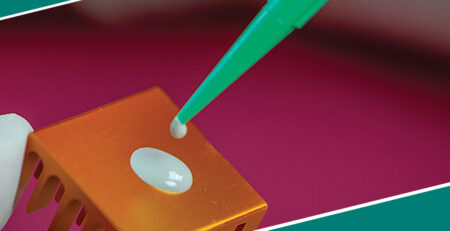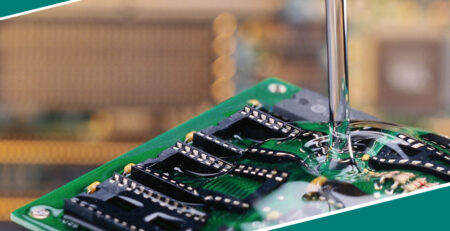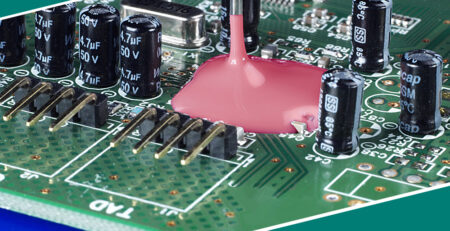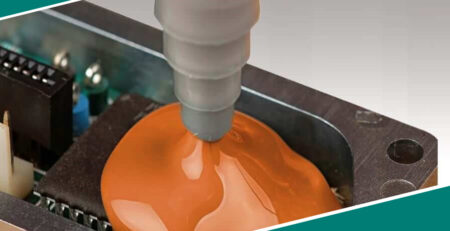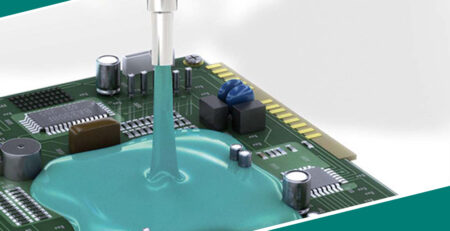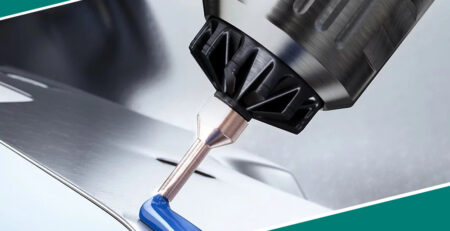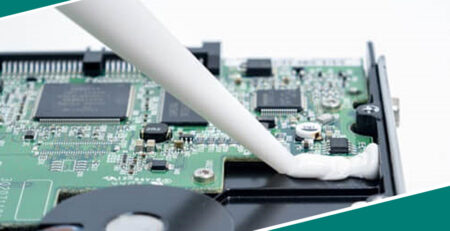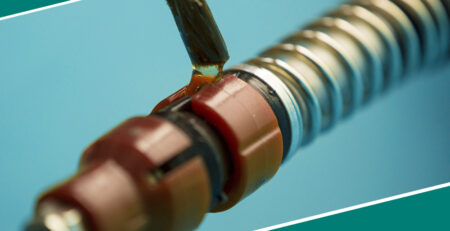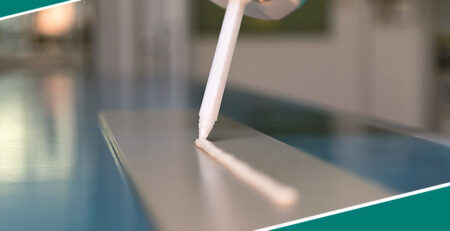Common Uses of Automotive Epoxy Glue in DIY Car Maintenance
Common Uses of Automotive Epoxy Glue in DIY Car Maintenance
Automotive epoxy glue is a versatile adhesive that is commonly used in DIY car maintenance. It is a strong and durable adhesive that can bond various materials together, making it ideal for repairing cracks, fixing broken parts, sealing leaks, and patching rust holes in cars. DIY car maintenance is becoming increasingly popular as it allows car owners to save money and have more control over the maintenance and repairs of their vehicles.
Using epoxy glue for car repairs is a cost-effective and efficient way to fix common issues without having to take the car to a professional mechanic. Check out some of the uses below for better understanding.
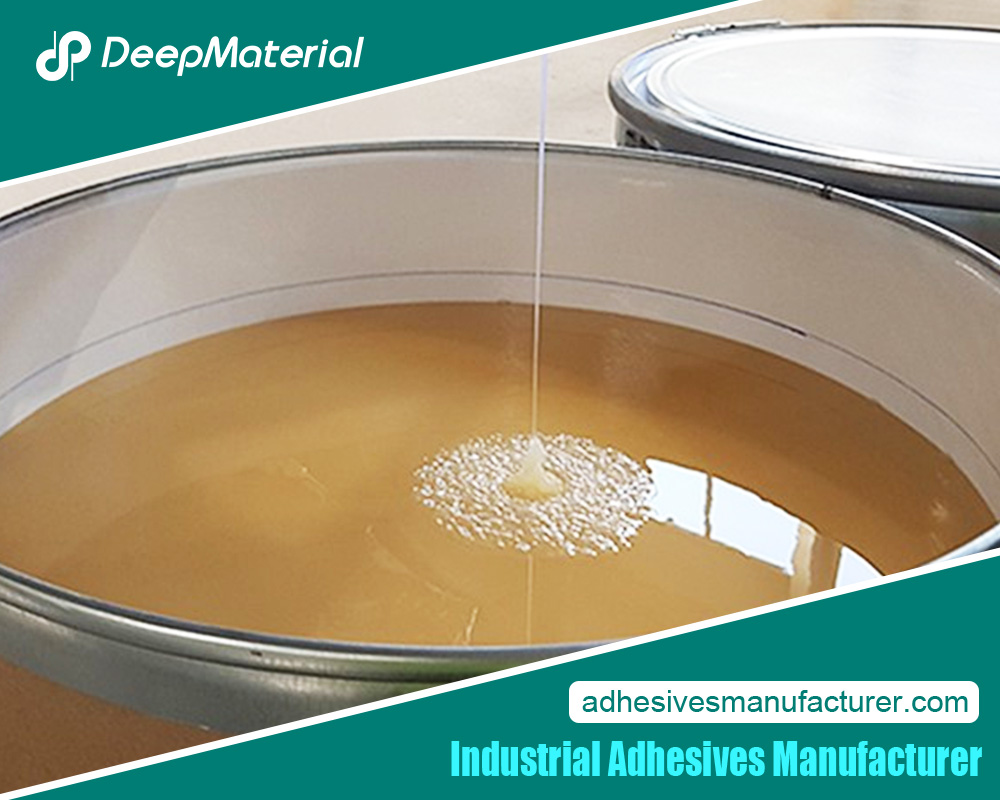
Fixing Broken Plastic Parts with Epoxy Glue
Another common car repair that can be done using epoxy glue is fixing broken plastic parts. Plastic parts in cars, such as bumpers, interior trim, and door handles, can easily break or become damaged. Repairing these broken plastic parts with epoxy glue is a cost-effective and efficient way to restore their functionality.
Before applying epoxy glue to the broken plastic part, it is important to prepare the surface properly. Clean the area around the break with a mild detergent to remove any dirt or grease. Then, roughen the surface of the plastic with sandpaper to create a better bond with the epoxy glue. Wipe away any dust or debris with a clean cloth.
Apply a small amount of epoxy glue to both sides of the broken plastic part, making sure to cover the entire surface. Press the two pieces together firmly and hold them in place for a few minutes to allow the epoxy glue to bond. Use clamps or tape to secure the pieces if necessary. Allow the epoxy glue to cure according to the manufacturer’s instructions before using the repaired plastic part.
Sealing Leaks in Radiators and Hoses with Epoxy Glue
Leaking radiators and hoses are common issues in cars that can lead to overheating and engine damage if not addressed promptly. Epoxy glue can be used to seal these leaks temporarily until a permanent repair can be made.
The first step in sealing leaks in radiators and hoses is to identify the source of the leak. Inspect the radiator and hoses for any visible cracks or holes. Once the source of the leak is identified, clean the area around the leak with a mild detergent to remove any dirt or grease.
Apply a small amount of epoxy glue to the area of the leak, making sure to cover it completely. Use a brush or your finger to spread the epoxy glue evenly over the surface. Allow the epoxy glue to cure according to the manufacturer’s instructions before starting the engine.
Bonding Metal Parts with Epoxy Glue
Epoxy glue is also commonly used for bonding metal parts together in car repairs. It provides a strong and durable bond that can withstand the vibrations and stresses that metal parts are subjected to in a car.
Before bonding metal parts with epoxy glue, it is important to prepare the surface properly. Clean the metal surface with a degreaser to remove any dirt, grease, or oil. Then, roughen the surface of the metal with sandpaper to create a better bond with the epoxy glue. Wipe away any dust or debris with a clean cloth.
Apply a small amount of epoxy glue to both surfaces of the metal parts, making sure to cover the entire surface. Press the two parts together firmly and hold them in place for a few minutes to allow the epoxy glue to bond. Use clamps or tape to secure the parts if necessary. Allow the epoxy glue to cure according to the manufacturer’s instructions before subjecting the bonded parts to any stress or load.
Patching Rust Holes with Epoxy Glue
Rust holes are a common issue in older cars that are exposed to moisture and salt. These rust holes can compromise the structural integrity of the car and lead to further damage if not addressed promptly. Epoxy glue can be used to patch these rust holes temporarily until a permanent repair can be made.
To patch rust holes with epoxy glue, start by cleaning the area around the hole with a wire brush to remove any loose rust or debris. Then, apply a rust converter or primer to the area to prevent further rusting. Allow the converter or primer to dry completely.
Apply a small amount of epoxy glue to the rust hole, making sure to cover it completely. Use a brush or your finger to spread the epoxy glue evenly over the surface. Allow the epoxy glue to cure according to the manufacturer’s instructions before applying any paint or coating.
Securing Loose or Broken Interior Trim with Epoxy Glue
Interior trim in cars, such as dashboard panels, door panels, and center consoles, can become loose or broken over time. This can be due to wear and tear, improper installation, or accidents. Epoxy glue can be used to secure these loose or broken interior trim pieces back in place.
Before applying epoxy glue to the interior trim, it is important to prepare the surface properly. Clean the area where the trim will be attached with a mild detergent to remove any dirt or grease. Then, roughen the surface of the trim and the area where it will be attached with sandpaper to create a better bond with the epoxy glue. Wipe away any dust or debris with a clean cloth.
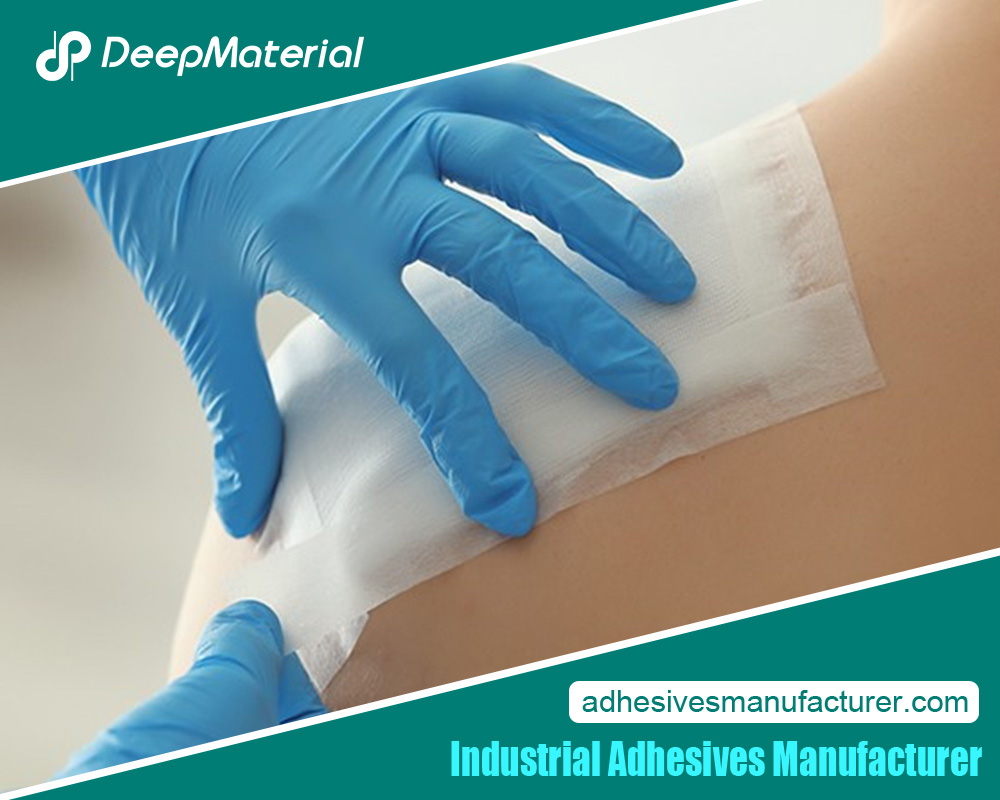
Conclusion and Tips for Using Automotive Epoxy Glue in DIY Car Maintenance
In conclusion, automotive epoxy glue is a versatile adhesive that can be used in various car repairs. It provides a strong and durable bond that is resistant to heat, water, and chemicals. Whether you need to repair cracks and chips in windshields, fix broken plastic parts, seal leaks in radiators and hoses, bond metal parts together, patch rust holes, or secure loose or broken interior trim, epoxy glue can provide a reliable solution.
For more about the Common Uses of Automotive Epoxy Glue in DIY Car Maintenance, you can pay a visit to Deepmaterial at https://www.adhesivesmanufacturer.com/ for more info.

